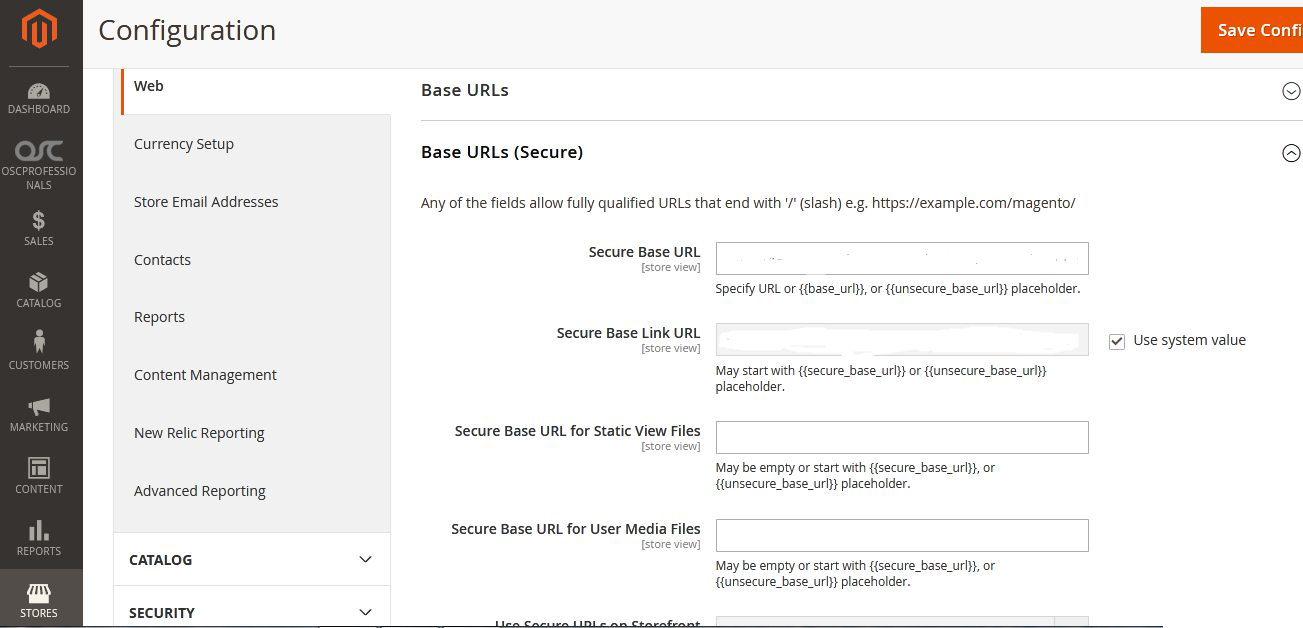Use CDN to Speed Up Static Content Delivery
1. QuickRead
To respond to user requests, an online website must deliver an amount of static content to the end-users. This content includes images, stylesheets, JavaScript’s, videos, etc. And these static assets contain a number of requests and huge file size and bandwidth usage increase load times and reduces server available capacity.
CDN is very useful to reduce load times, improve performance, reduce bandwidth and infrastructure costs. You can implement a CDN to cache these assets across a set of geographically distributed servers.
In this blog, we will see what CDN is. How does it work? Benefits of CDN. How to configure CDN? Let’s see in more detail:
2. What is CDN (Content Delivery Network)?
CDN (Content Delivery Network) is helpful for the fast delivery of content across the globe. It delivered static content like Js, CSS, HTML, images from a geographically distributed group of servers working together to provide fast delivery of internet content.
A CDN consists of several edge servers that cache assets from your origin server. Whenever a user requests your site, the server closest to the user’s physical location will deliver the static content, ensuring the shortest distance for the data to travel. This ensures reduced latency and the fastest site experience.
When a user visits your website and requests static assets like images or JavaScript’s files, their requests are routed by the CDN to the nearest edge server, from which the content is served. If the edge server does not have the assets cached or the cached assets have expired, the CDN will fetch and cache the latest version from either another nearby CDN edge server or your origin servers.
3. Benefits of Using a CDN
- Fast static content delivery
- Reduce Costs
- Increase Security
4. Types of CDN
To explore more about CDN you should have information about CDN types and how they work. Let’s see the CDN types:
Content-Oriented Networks:
This type of CDN is made for storing and delivering static content and files. This is one of the low-cost solutions whose primary goal is to faster your website’s load speed.
Security-Oriented Networks:
Reliable providers, like we at Beluga CDN, can protect your portal’s content and boost security. For example, our CDN can detect and block DDoS attacks before they reach your servers.
What is the CDN zone?
Based on the content distribution technique, CDN can be divided into a “pull zone” and “push zone”
Pull zone CDN:- A pull CDN automatically gets assets and files from your platform. It’s a reliable solution for storing small and medium-sized files.
Push zone CDN:- A more fitting solution for the storage of larger files and static content. The main difference – you have to upload the files manually.
5. How to Choose a CDN Provider
When choosing a CDN, you need to analyze what your requirements are, there are still few general considerations that you need to make sure of before choosing a suitable content delivery network provider to meet your needs.
- Do they offer professional support?
- Can CDN ensure website security?
- Is DNS configuration complex or smooth?
- How long does it take to upload a file to the edge?
- To what extent does the CDN manage public name resolvers such as OpenDNS or Google?
- Is CDN faster than your origin?
Hence, there are many CDN providers, so choose the secure one, fit individual needs, performance, and relatively cheaper service provider.
You Might Be Interested In: Magento 2 Speed Optimization Services
6. How CDN Works?
After setting up CDN for your website, caching takes place:
When a Visitor in a particular location (e.g US) makes the first request for static content on your website. Then the asset is retrieved from your actual server when it is being delivered, and the assets get cached on the CDN’s US server, the nearest CDN based on the visitor’s location. When next time visitors request the same content on your website, the request goes to the nearest CDN edge server to check if the asset is already in cache. If the request is already cached by the same edge server then the visitor will receive a response from the server. This helps in improving the load time.
When a user visits your website, they first receive a response from a DNS server containing the IP address of your host web server.
Their browser then requests the web page content, which often consists of a variety of static files, such as HTML pages, CSS stylesheets, JavaScript code, and images.
Once the CDN receives a user request at this endpoint (located at the edge, much closer to the user than your backend servers), it then routes the request to the Point of Presence (PoP) located closest to the user. This PoP often consists of one or more CDN edge servers collocated at an Internet Exchange Point (IxP), essentially a data center that Internet Service Providers (ISPs) use to interconnect their networks. The CDN’s internal load balancer then routes the request to an edge server located at this PoP, which then serves the content to the user.
7. Configure CDN in Magento 2
From Admin panel, go to the Store–>Configuration->>General–>Web
- In the Base URL for Static View Files, enter the URL of the location on the CDN where static view files are stored.
- In the Base URL for User Media Files field, enter the URL of the JavaScript files on the CDN
- Open the Base URLs (Secure) section and continue with following:
- In the Secure Base URL for Static View Files field, enter the URL of the location on the CDN where static view files are stored.
- In the Secure Base URL for User Media Files field, enter the URL of the JavaScript files on the CDN.
- When complete, click Save Config.
Conclusion
CDN is the most reliable solution for your website to load static content faster on your website. You have seen in this blog the benefits of using CDN. So we recommend to use CDN in your Magento 2 site. If any query related to this blog fell free to contact us.






